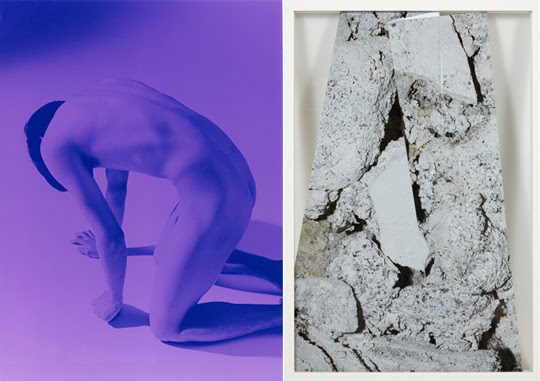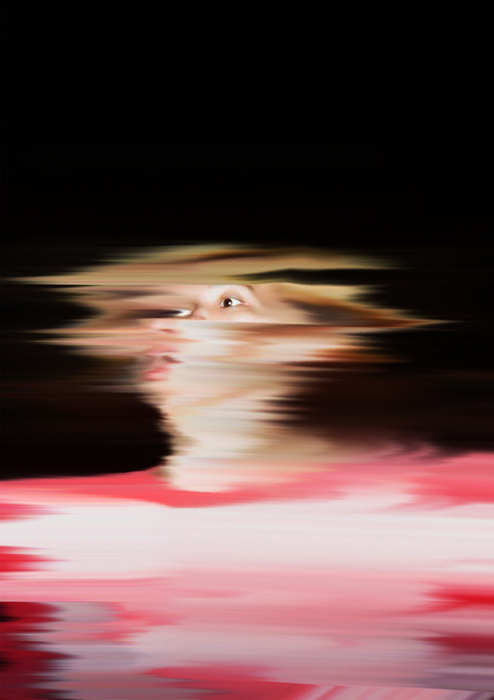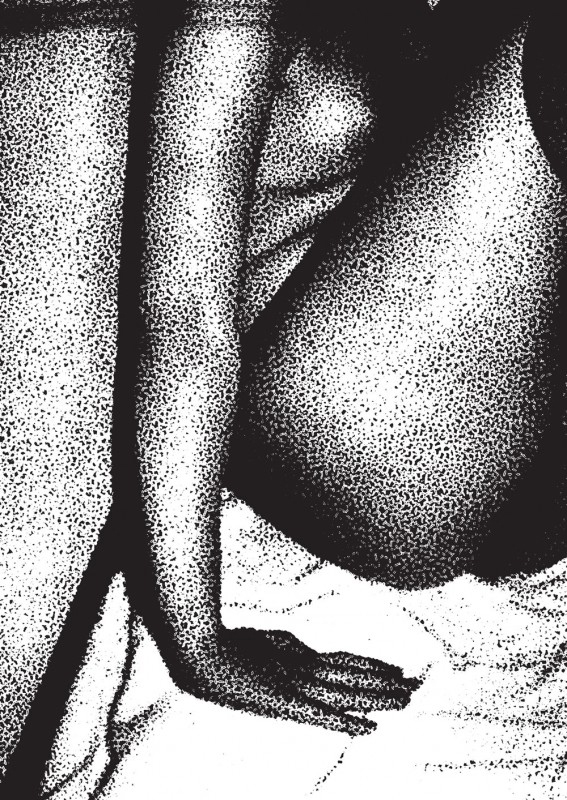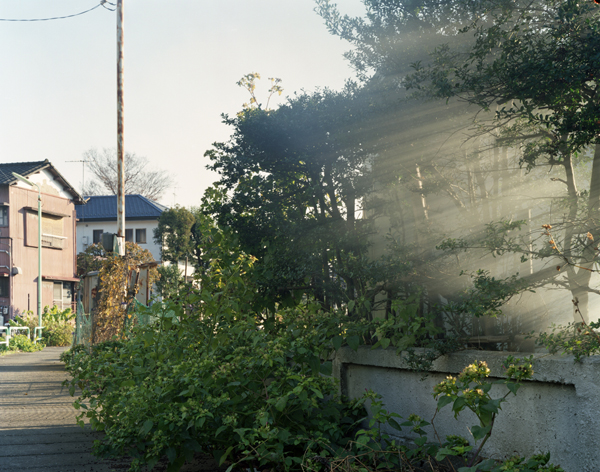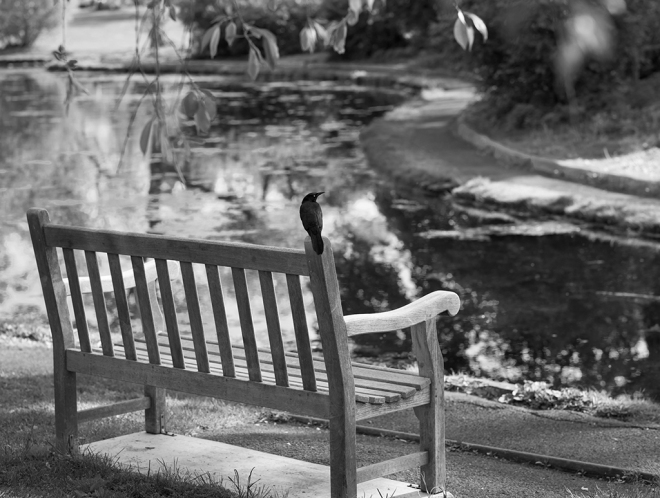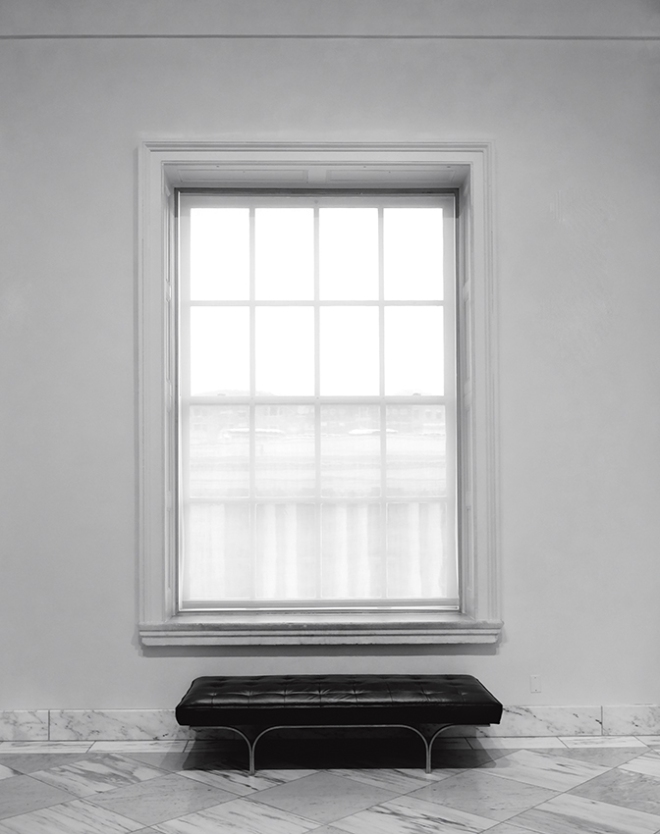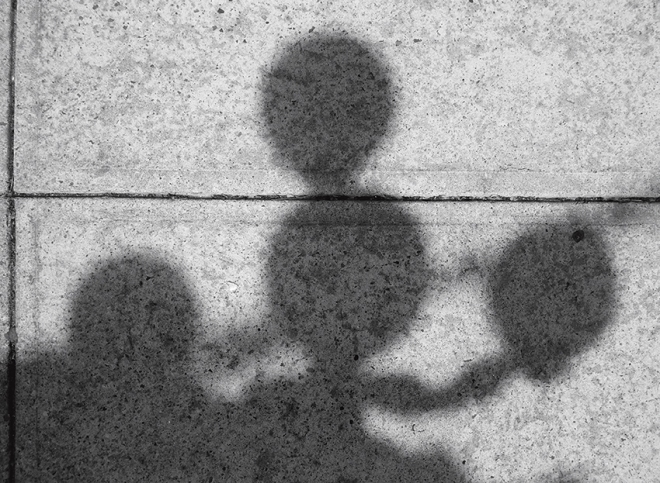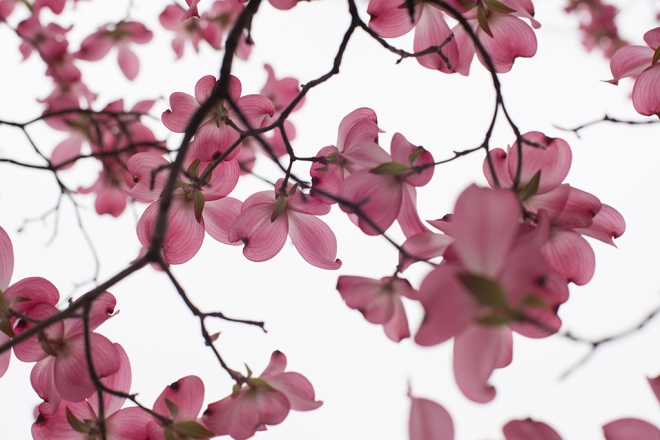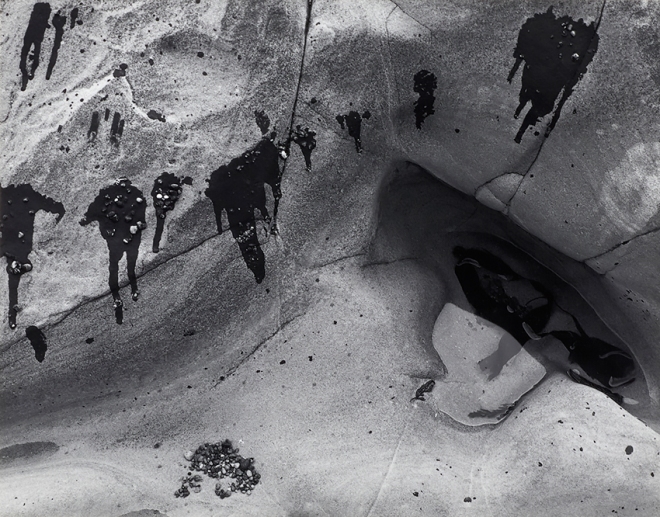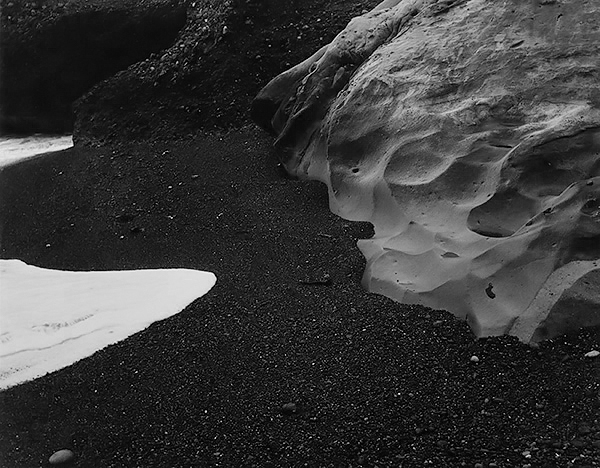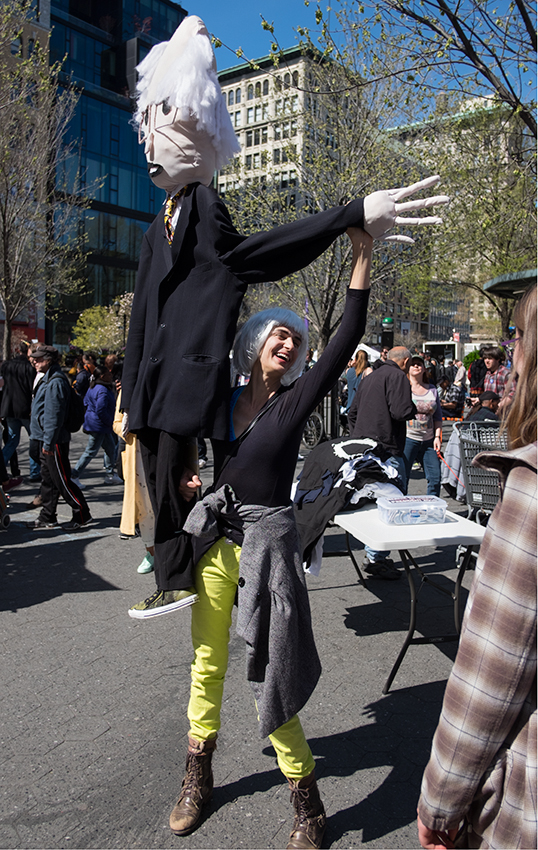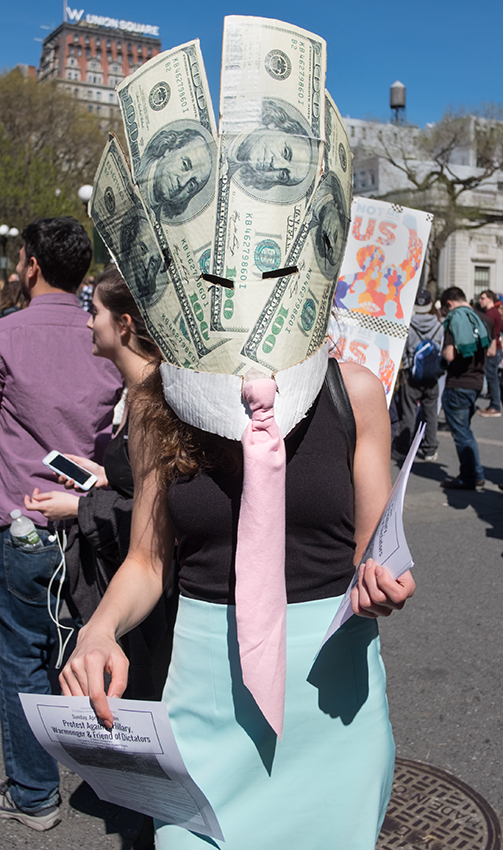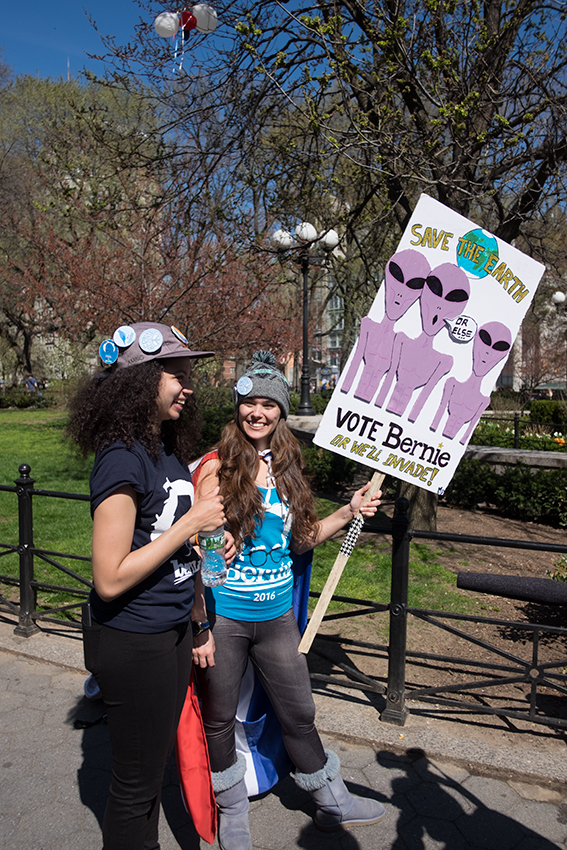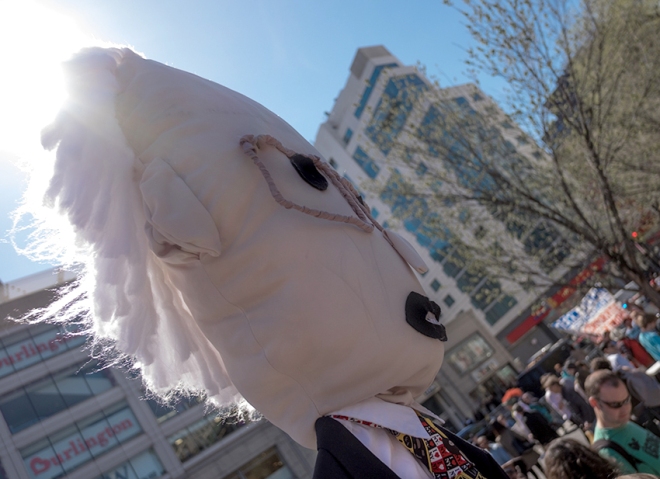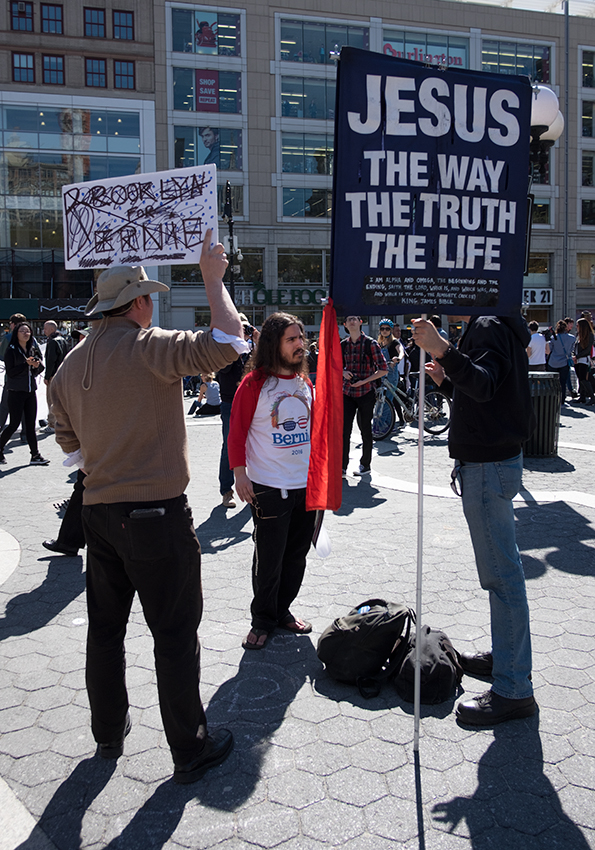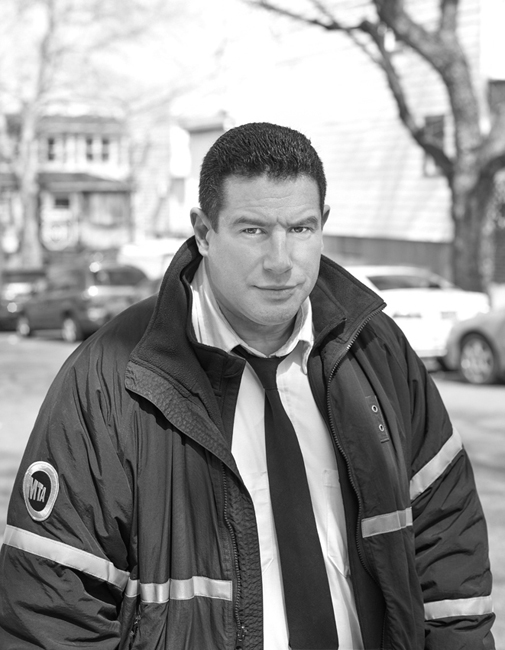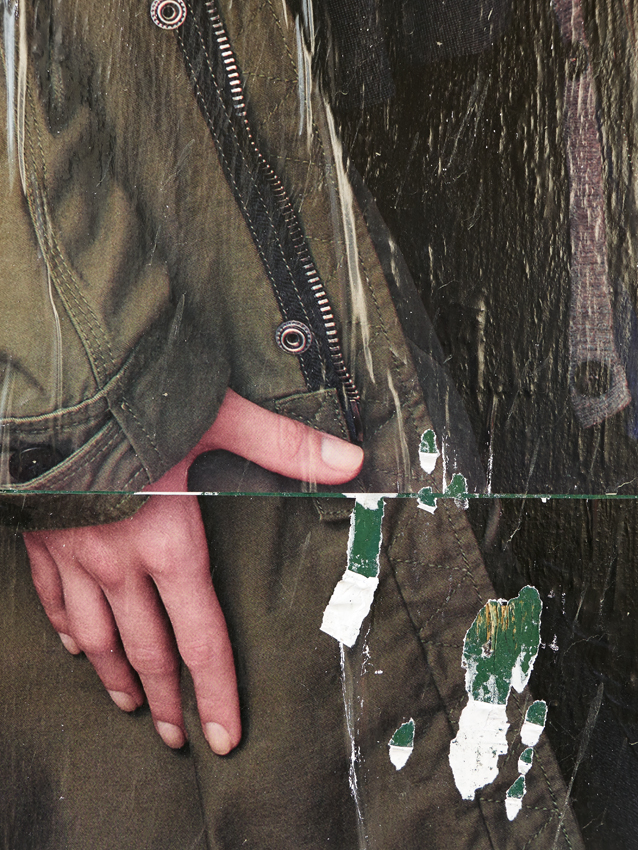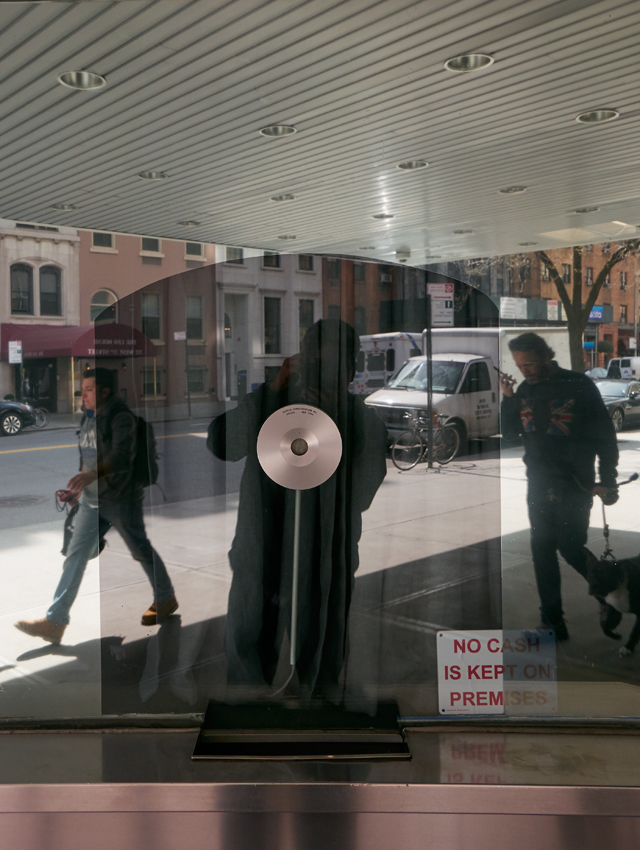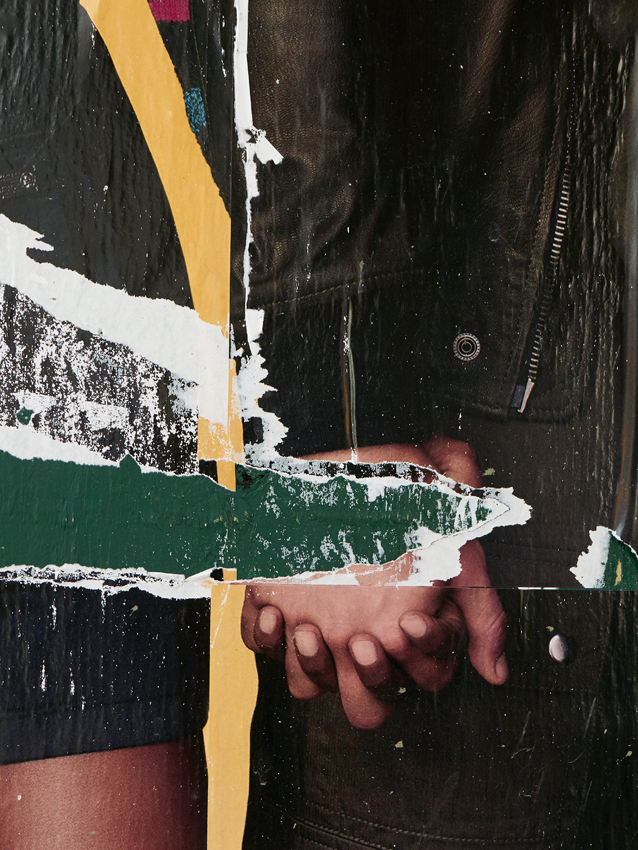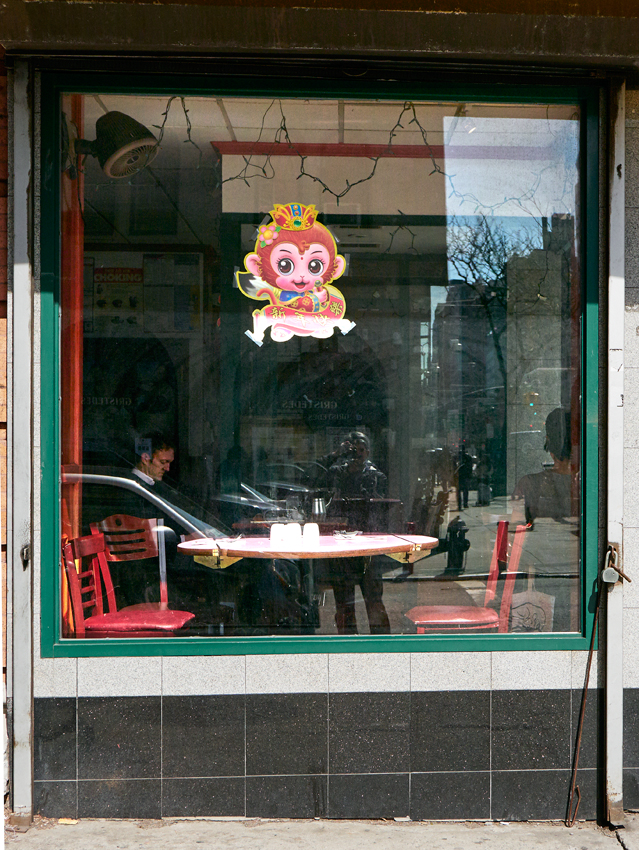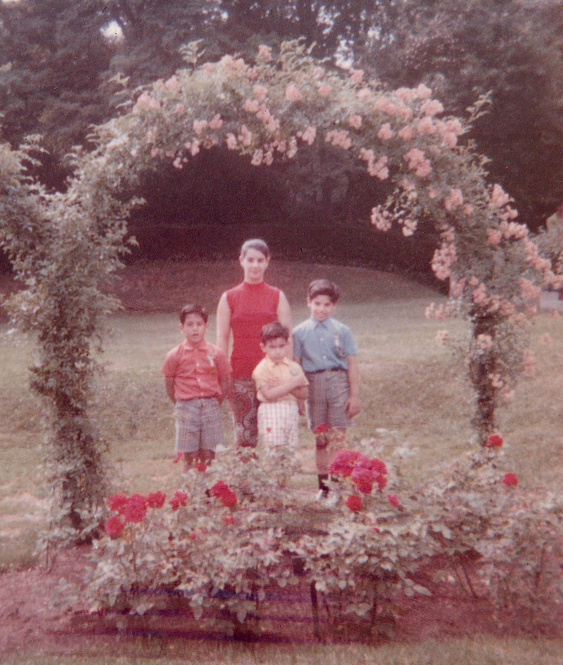
Physicists today will describe Time as an entropic process. The passage of time and the direction of time, what some call Time’s Arrow, is governed by chaos. In a closed system the particles that make up reality tend to become more and more disordered until at one point they are evenly spread out across a given space. This process is how we can tell Time is passing. A macro example of this would be my son’s room. The less energy I put in telling Isaac to clean his room the more disorganized his clothes become until eventually (I imagine) they would evenly cover all the surface of his space. In order for his room to become less messy and chaotic (i.e. less entropic) I would have to put energy into the room system by physically picking up and folding and putting away his clothes.
Sorry Isaac, that is not going to happen. Clean your room! I am busy with a project scanning and preserving my Mom and Dad’s family photographs. Pictures of my Mom and Dad and me and my brothers as kids, pictures of my Mom and Dad and Uncles and Aunts and Grandparents before we kids were around. Pictures of my Dad in Korea!
If you think about it, a photograph is a slice of time where we are able to stop (or at least greatly slow down) the process of entropy. The light energy in the form of a photograph is brought forward. In a sense, it is taken out of the flow of time and brought forward, hardly changed to give one a sense of the past. This is the value and true essence of a photograph.
I think Stephen Shore understood this very well. I am sure lots of other photographers understand this also, at least in an innate sense. But Shore, in his Uncommon Places series really tried to make “dated” images. He was not trying to make that cliche of a “timeless” image. He very deliberately includes cars and signs as markers of time. So the idea behind this post isn’t exactly original but it still bears repeating and in this case explicitly. Okay, off to rummage among my parents boxes of photos!
